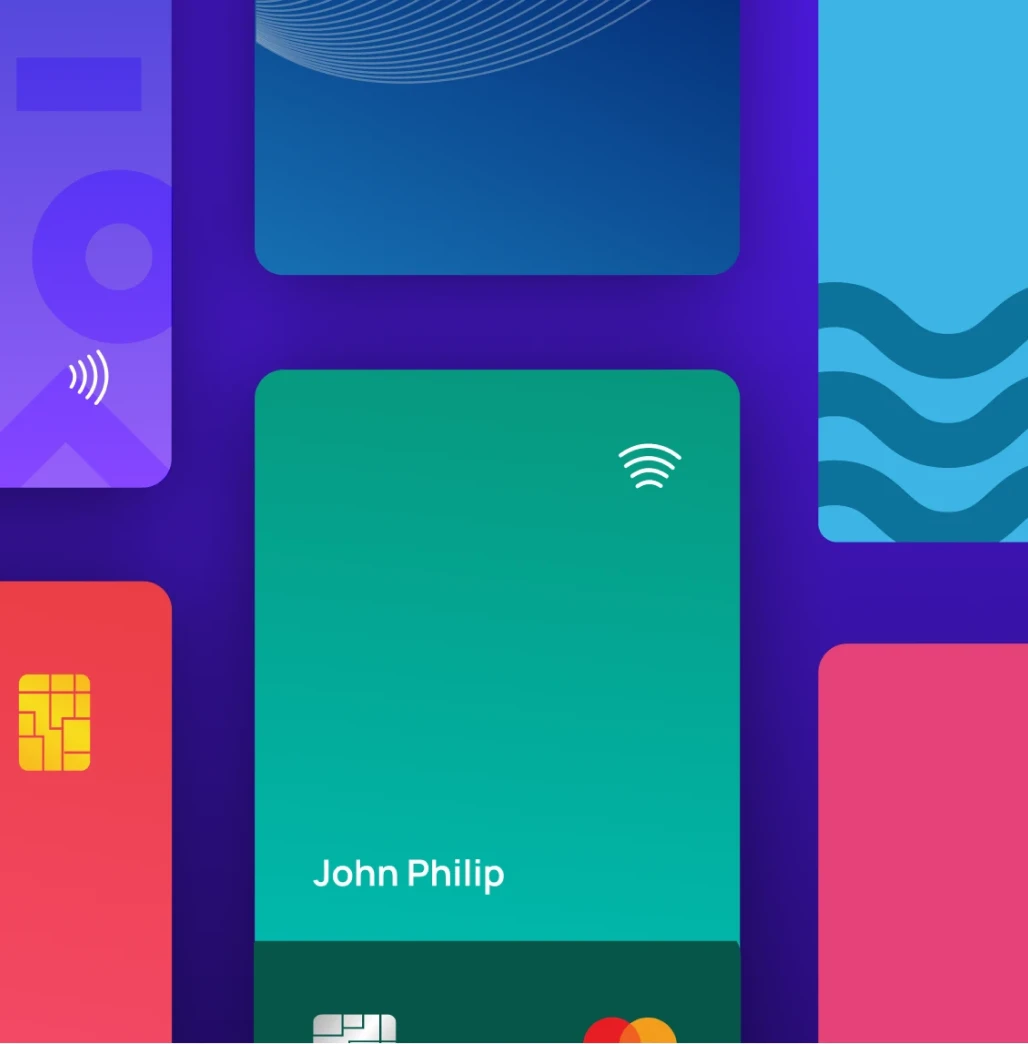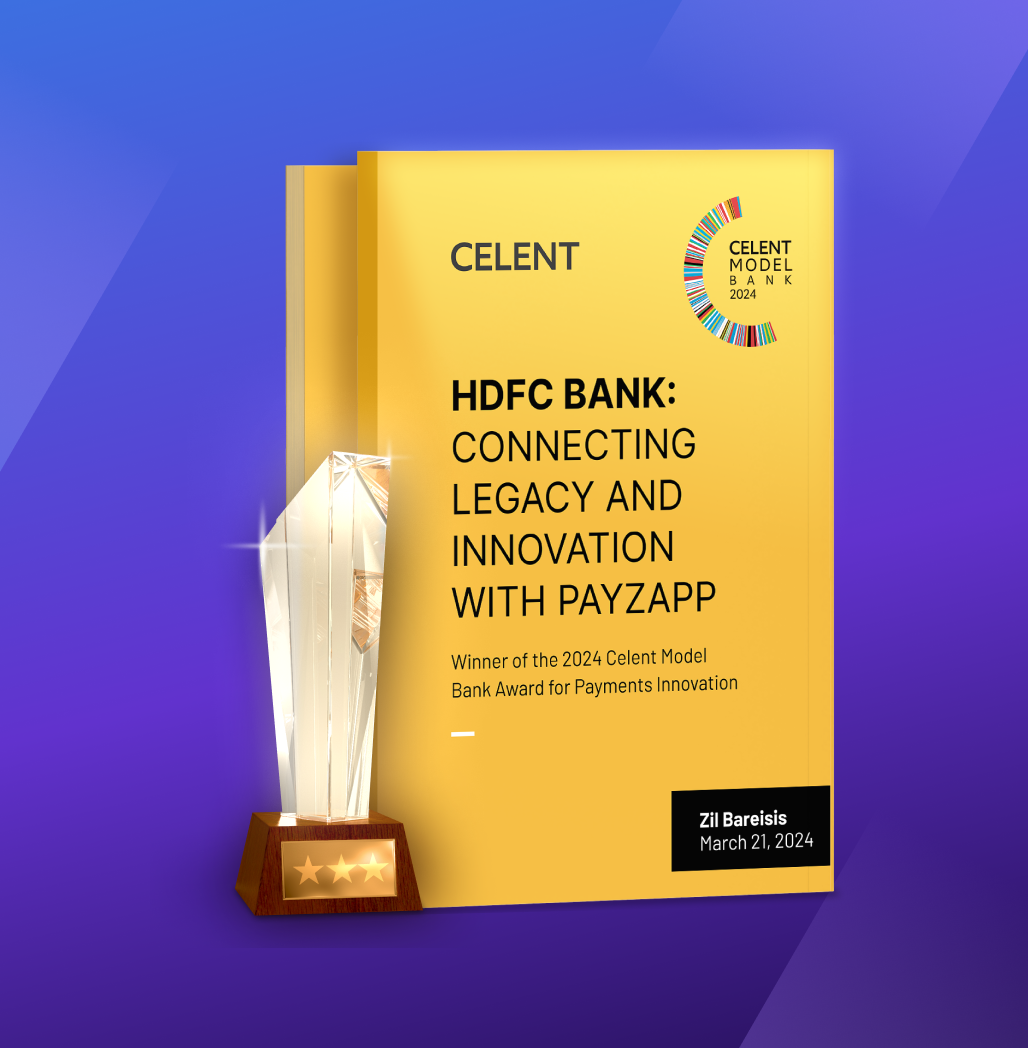Modern Card Platforms: The Key to Winning Millennial Cardholders
If there’s one thing that sets millennials apart from previous generations, it’s their demand for quality service, convenience, and speed. This 73 million-strong group is now the largest generation in the US, and by 2025, they will own 50% of the economy’s spending power with an estimated income of $8.3 trillion. A recent Experian study even reported that the average millennial holds up to three credit cards each!
Millennials are, therefore, without a doubt, the growth pocket that financial institutions must tap into over the next few decades. And the way to please this tech-savvy generation is to embrace new technologies. Here are three main factors you should keep in mind when designing millennial-friendly banking solutions:
1. Rising demand for real-time solutions
Millennials want everything at their fingertips in real-time. And they’re already used to getting instant information and services 24/7 across various channels and devices. So why should banking be any different? Millennials want to be able to open bank accounts, manage funds, and make instant payments whenever, wherever.
2. Quicker digital adoption due to the pandemic
In 2020 alone, digital transactions grew by 250% as millions of traditional customers turned to digital-first banking. What’s more, the slow adoption of digital offerings was already being outpaced by branch volume and driven by other factors such as branch closures, overloaded call centers, and customer reluctance to visit the bank physically.
3. Competition from the new
Millennials are sidelining traditional financial institutions in favor of neobanks and challenger banks, which not only offer innovative features, tools, and functionalities but do it for a significantly lower price.
The rigid, outdated legacy platforms commonly used by banks today cannot keep up with these changing market trends. It is now imperative for financial institutions hoping to gain a foothold with millennial cardholders to invest in technology that enables superior features, capabilities, and performance. Banks must offer high-speed transactions and account executions, as well as other personalized services. And for this, you need a modern card platform that can perform real-time data consolidation and reconciliation, automation, data-driven insights, and more.
So, what can modern card platforms do differently compared to legacy systems?
The need for a modern card platform grew due to recognizing the need of the hour, client expectations, and significant technological improvements. On a fundamental level, a modern card platform enables you to offer clients digital-first card programs and a complete digital experience. The system is adaptable and agile, which means that changes are simple, and the time required to introduce new products is cut in half compared to traditional systems. Because it is cloud-native, no hardware investment or software deployment is needed. Additionally, these systems support open banking, provide endless on-demand scalability, and are capable of quickly responding to regulatory needs. All of these features operate in unison to increase cardholder retention and cross-sell while enabling your customers to :
- Choose how they want to interact with the bank and gain fast access to payment devices
- Control digital functionalities such as PIN selection, card controls, digital disputes, etc.
- Not worry about carrying physical cards or wads of cash around owing to their access to virtual cards and digital wallets
- Securely report lost or stolen cards, turn cards on or off, and get alerts and notifications
Essential properties of a modern card platform
Card issuance is becoming more competitive each day, and card programs offering cutting-edge, flexible, and convenient features are knocking out competitors. This is why financial institutions must leverage the potential of a modern card platform and add digital-first capabilities to the portfolio.
1. Cloud-native platform
Modern card platforms employ cloud technology that offers a cost-efficient, agile, and scalable operating model. This model, coupled with cloud providers who are prioritizing security, is making cloud implementation a reality. A modern card platform’s cloud-native solutions can lower the IT footprint, the total cost of ownership, and staffing burdens, while also improving speed-to-market.
So while the cloud is handling these operations, you can continue to focus on business continuity and a differentiated customer experience. What’s more, financial institutions will no longer have to take the onus of maintaining backup data centers, hardware, or resources and instead redirect IT staff to other revenue-generating endeavors.
2. Flexible solutions
To minimize overhead costs and provide flexibility to clients, most financial institutions (except a few large global banks) have outsourced certain capabilities to third parties. With the rapid evolution of technology, these institutions now need more control to reconfigure operating models and products and address changing market needs.
Legacy and even some new systems lack this flexibility and can be a roadblock for financial institutions. Modern card platforms, on the other hand, are a more viable option as these are easily configurable to create unique workflows and capabilities that are better aligned with cardholders.
3. Unmatched user experience
Customers don’t think in silos, and that’s why their digital banking and card experience should match that expectation. Modern card platforms are designed to be customer-centric and not product-centric, offering a seamless experience as compared to legacy platforms, which are often closed.
Open platforms deliver a superior and more consolidated customer experience by enabling tighter integration across products. These align better with how customers wish to interact with the bank or manage their funds.
4. Open and embeddable-banking-ready
Connecting dissimilar solutions and systems is a common challenge for card issuers. This is where modern card platforms have an advantage. Due to their flexibility, these platforms can integrate APIs and support connections better than legacy systems that may require hard-coded changes. While it takes legacy systems years to integrate changes, modern card platforms can accomplish it in days.
Financial institutions are often viewed as dated, monolithic organizations and are now feeling the pressure to change this perception. With APIs, you have the opportunity to enhance cardholder experience and by extension, your market perception.
5. Contactless payments
Although contactless payments really took off due to the COVID-19 pandemic for their convenience and safety, their popularity is unlikely to dwindle in the years to come. Therefore, financial institutions hoping to attract and retain millennials should prioritize a streamlined method for digital card issuance and contactless mobile wallet payments – all of which a modern card platform provides.
6. Turnkey implementation
Due to the challenges involved with modernizing monolithic systems, the implementation for a new card program with old systems might take 12 months or more. A Modern Card Platform allows banks and fintechs to build their own card programs more cost-effectively in as little as four weeks! This would save months of labor in terms of planning, design, and card maker integration while also speeding up go-to-market, delivering speedier scalability, a tech-backed processing platform, and a wide range of personalizations.
The impact of digital-first features and the way forward
Digital-first features such as account alerts, updates, notifications, instant card issuance, and dispute resolution, as well as virtual control options, allow your financial institution to effortlessly boost account retention and card usage. What’s more, simplified transaction features increase your interest income, fees, and account growth. These enhancements also reduce back-office expenses, customer support expenses, as well as fraud and dispute losses.
As a financial institution aiming to grow your debit, credit, and prepaid portfolios, you must also look beyond features and functionalities. Evaluate existing platforms for legacy card issuance and processing, and make your platform agile and flexible enough to adapt to future innovations and market changes. That’s how you’ll win the wallet of the millennial!
Sources:
Searing, L. (2019, January 28). The Big Number: Millennials to Overtake Boomers in 2019 as largest U.S. Population Group. The Washington Post. Retrieved March 22, 2022, from https://www.washingtonpost.com/national/health-science/the-big-number-millennials-to-overtake-boomers-in-2019-as-largest-us-population-group/2019/01/25/a566e636-1f4f-11e9-8e21-59a09ff1e2a1_story.html
Finneman, B., Ivory, J., Marchessou, S., Schmidt, J., & Skiles, T. (2020, March 18). Cracking the code on Millennial Consumers. McKinsey & Company. Retrieved March 22, 2022, from https://www.mckinsey.com/industries/retail/our-insights/cracking-the-code-on-millennial-consumers
Chapkanovska, E. (2022, January 17). 19+ massive millennial spending statistics for 2021 SpendMeNot. Retrieved March 22, 2022, from https://spendmenot.com/blog/millennial-spending-statistics/





